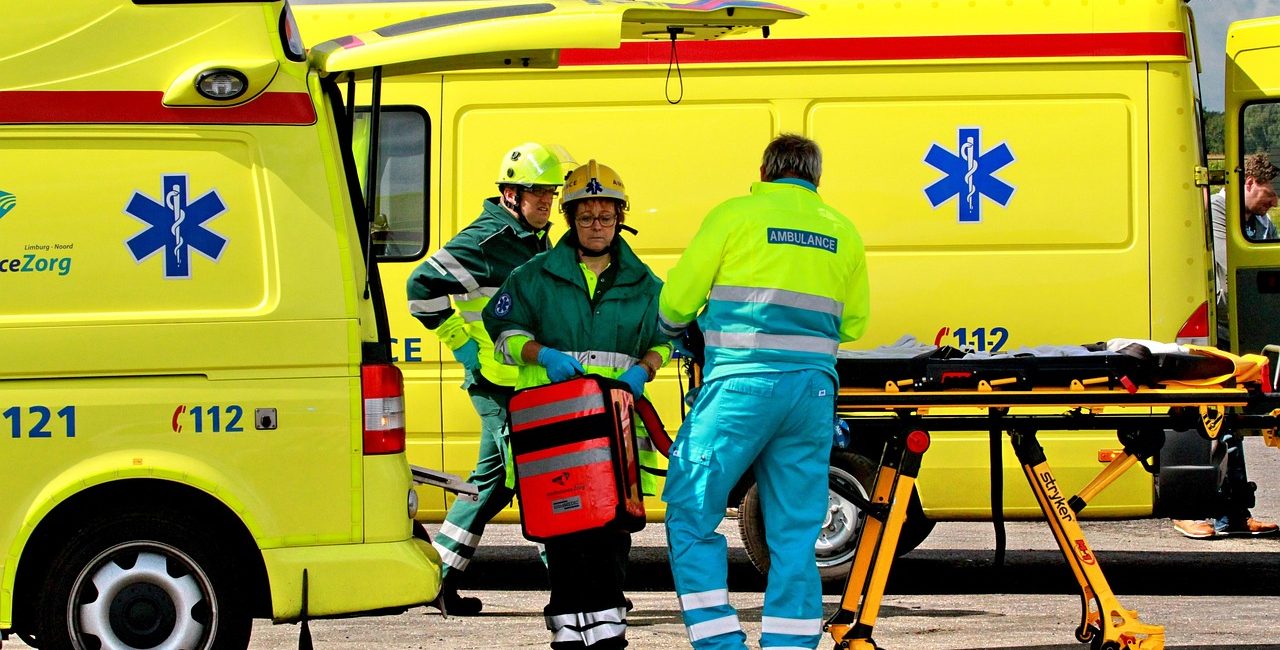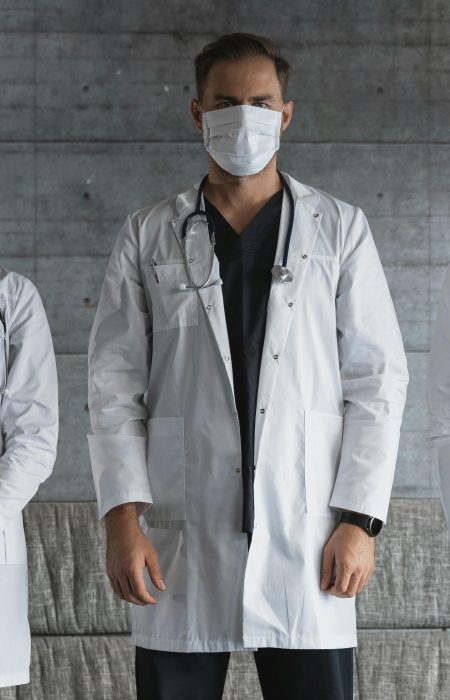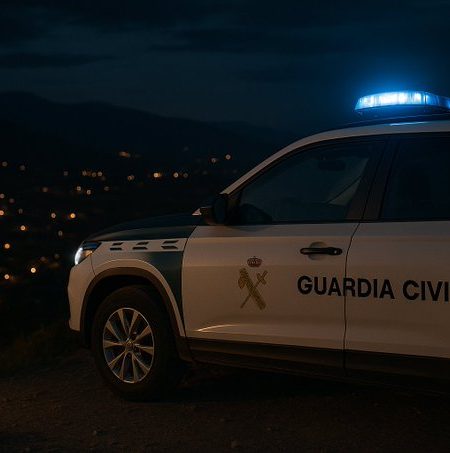This year, medical personnel from the Valencian Ministry of Health’s Emergency Medical Services (SAMU) have brought 1,185 people who were in cardiac arrest back to life. There were 176 in Castellón, 483 in Alicante, and 526 in Valencia. As they do every year, professionals from the Valencian Community’s Emergency Medical Services (SESCV) held workshops in the three provincial capitals to raise awareness about the importance of knowing basic cardiopulmonary resuscitation techniques.
During these workshops, Sescv professionals teach the general public how to tell whether someone is having a heart attack, what to do, and how to do basic cardiopulmonary resuscitation or cardiac massage.
A trip for school kids
Asunción Perales, the Director General of Hospital Assistance, and Xaro Escrig, the Director General of Innovation and Educational Inclusion, went to an event for schools on Valencia Day. Asunción Perales told people that “anyone can save a life, with or without knowing how to do basic cardiopulmonary resuscitation.” This is because when someone calls 112, the phone protocol is activated, and CICU staff give instructions to whoever is with a person who is having a cardiorespiratory arrest so that they can perform cardiac massage until the emergency medical services arrive.
In this regard, the Director General of Hospital Assistance has stressed that “this first step is crucial for survival, so much so that research shows that the chances of survival can increase by more than 50% when basic cardiopulmonary resuscitation is done right away after a cardiac arrest.”
21 calls every day
So far this year, the CICU (Emergency Information and Coordination Centre) has taken an average of 21 calls a day about cardiac arrest. The telephone protocol was used in 74% of cases. In the other 26%, it was not used because it wasn’t appropriate, the alerting witness already knew how to do the manoeuvres, or they didn’t feel capable at the time because of their physical or emotional state, etc.
In addition to giving public training on Thursday’s the SESCCV sent out various mobile resources to teach people how it works and how to use it. This made it possible for ambulances from the Emergency Medical Assistance Service (SAMU), Advanced Life Support (ALS) nursing units, and Basic Life Support (BLS) ambulances, among other things, to get to the scene.









No Comment! Be the first one.